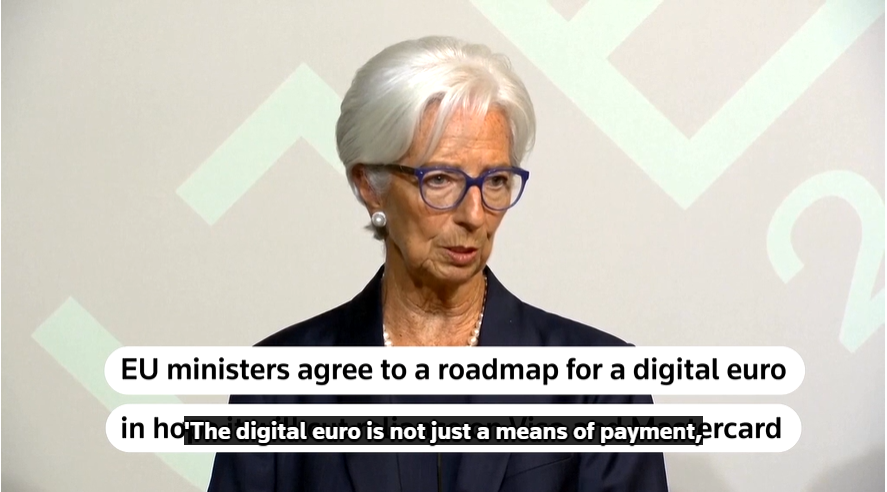EU Finance Ministers Map Path for Digital Euro, but Launch Still Years Away
The European Union is one step closer to a digital euro, as finance ministers agree on a roadmap and key decision-making powers—yet the CBDC’s launch could still be years off.
- Digital euro aims to be a strategic alternative to U.S.-dominated payment systems like Visa and Mastercard.
- Legislation must pass the European Parliament, with a possible launch no earlier than 2029.
- Privacy, financial stability, and bank run risks remain key concerns among EU lawmakers.
- ECB targets June 2026 for legislative approval before any potential rollout.
European Union finance ministers have moved closer to a unified stance on the long-debated digital euro, a central bank digital currency (CBDC) designed to give Europe a sovereign payment alternative to U.S.-based giants like Visa and Mastercard.
The breakthrough came during ministerial meetings in Copenhagen, where officials debated how a digital euro might coexist with commercial bank money while offering both consumers and merchants a Eurosystem-backed online wallet.

A compromise agreement reached between EU finance ministers, European Central Bank (ECB) President Christine Lagarde, and European Commissioner Valdis Dombrovskis will grant ministers an active role in determining whether the digital euro is ultimately issued. Ministers would also decide on holding limits per citizen—an important safeguard to prevent bank runs and protect the traditional banking system, according to Reuters.
Lagarde emphasized the political stakes: “The digital euro is not just a means of payment, it is also a political statement concerning the sovereignty of Europe and its capacity to handle payment, including on a cross-border basis, with a European infrastructure and solution.”
Despite the progress, the digital euro is still years away from circulation. The European Parliament must first approve enabling legislation, a process expected to spark heated debates later this fall. The ECB aims for a legislative framework by June 2026, but it could take up to three additional years to issue the CBDC, meaning the earliest launch could be around 2029.
Skepticism remains high in some quarters. Fernando Navarrete Rojas, a center-right EU lawmaker and rapporteur on the digital euro file, published a detailed paper questioning the need for such a currency. He highlighted risks including potential financial instability, data privacy issues, and the added burden of managing fraud prevention and anti–money laundering responsibilities.
Public debate around privacy and government control has also been intense. Critics are concerned about the implications of a state-controlled digital currency, particularly regarding data security and the potential for consumer transaction surveillance.
Still, for many EU leaders, the digital euro represents a crucial step toward European financial sovereignty, reducing reliance on foreign payment networks and strengthening cross-border financial infrastructure.
Final Thought
With an agreed roadmap and ministerial oversight, the digital euro is inching forward—but its full rollout could be years away. Lawmakers must still navigate legislative hurdles, privacy concerns, and the challenge of balancing innovation with financial stability before Europe’s CBDC dream can become reality.



